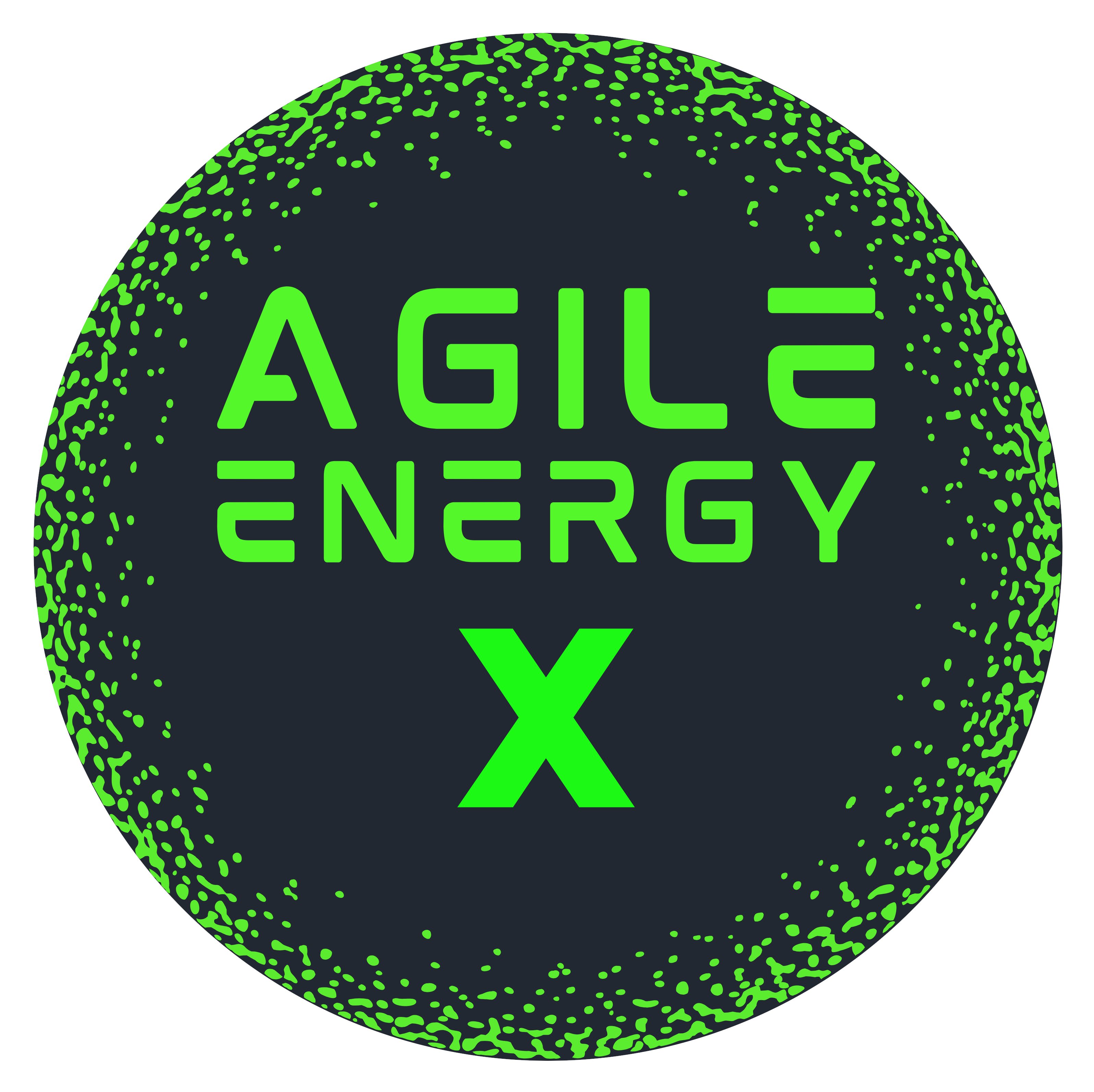Section 1: Situational Analysis
This section establishes the foundation by analyzing the available assets (aging ASIC miners), the core mandate (a non-Bitcoin KPI), and the strategic context. This includes TEPCO's challenge with renewable energy curtailment (projected to start in FY2025) and Japan's national push for a circular economy, which creates a significant e-waste problem for obsolete ASICs.
Hardware Asset Profile
The two sites possess distinct fleets of SHA-256 ASICs. Kuroho's Antminer S9s are older and largely idle, representing a "zero opportunity cost" asset. Sekiya's newer AvalonMiners are still active, meaning repurposing them incurs a direct opportunity cost of forgone mining revenue.
Grid Balancing & Circular Economy Value
The project directly addresses two key TEPCO imperatives. The data centers can act as a dispatchable load to absorb surplus renewable energy, enhancing grid stability. It also provides a powerful circular economy showcase by giving obsolete hardware a second life.
Grid Balancing Service
Surplus Renewables
Dispatchable Load (ASICs)
Grid Stability
Circular Economy Impact
Obsolete ASICs
Second Life as TRNG
Reduced E-Waste
Section 2: RNGaaS Proposal Evaluation
This section evaluates the proposal to turn the ASICs into a "Randomness-as-a-Service" (RNGaaS) platform. The technical plan involves retrofitting miners with external hardware True Random Number Generators (TRNGs) and developing custom firmware. The key market differentiator is not just randomness, but *"certified green, circular-economy randomness,"* appealing to ESG-conscious customers.
Agro-Thermal Symbiosis & Local Partnerships
A 50kW data center is a 50kW heater. This waste heat can be valorized through local partnerships, creating economic value, community goodwill, and potentially qualifying for J-Credits by displacing fossil fuel use.
Data Center (Kuroho/Sekiya)
Generates Waste Heat (🔥)
Kuroho (Gunma)
🥬
Heat for Greenhouses
Partner: Green Leaf Group
Sekiya (Tochigi)
🐄♨️
Hot Water for Dairy/Onsen
Partners: Senbonmatsu Farm, Shiobara Onsen
RNGaaS Market Potential
The global market for high-quality randomness is projected to reach ¥1.26 trillion by 2030, driven by needs in cryptography, finance, IoT, and gaming. Our "green" branding can capture a premium segment of this market.
Section 3: Strategic Alternatives
This section explores higher-value services built on the same core SHA-256 capability. These alternatives move up the value chain from a raw commodity to high-trust enterprise services, leveraging TEPCO's brand as a provider of critical national infrastructure.
Value Chain of Cryptographic Services
This shows the progression from a basic service to high-value solutions. Each step builds on the last, leveraging the same core hardware but adding layers of software, compliance, and trust.
🎲 RNGaaS
Commodity service providing raw random data.
🔗 HaaS (Hashing-as-a-Service)
B2B utility for enterprise data integrity checks (e.g., log files, documents).
⏲️ Trusted Timestamping Authority (TSA)
High-value, legally significant proof of existence (RFC 3161 compliant). Competes with Seiko, GMO GlobalSign.
🆔 DID Infrastructure
Strategic role as a "trust anchor" for Japan's national Decentralized Identity ecosystem (e.g., for DVCC).
Comparative Analysis Table
A summary of how each alternative scores against key criteria like technical complexity, revenue potential, and strategic value to TEPCO.
| Criterion | RNGaaS | HaaS | TSA | DID Infra |
|---|---|---|---|---|
| KPI Alignment | Excellent | Excellent | Excellent | Excellent |
| Technical Complexity | Medium | Low | High | Very High |
| Revenue Potential | Moderate | Low | High | Transformational |
| Strategic Value | High | Medium | Very High | Extremely High |
| Implementation Time | Short | Short | Medium | Long |
| Competitive Edge | Strong | Low | Very Strong | Unparalleled |
Section 4: Recommendation & Phased Strategy
The final recommendation is a phased, hybrid strategy to build a unified **"Cryptographic Utility Services"** platform. This approach starts with the most straightforward path to meet the KPI and progressively builds towards a high-value, strategic position as a core trust provider for Japan's digital economy.
The "Cryptographic Utility" Phased Rollout
Phase 1: KPI Fulfillment & Foundation (Months 1-9)
- Develop custom firmware for Antminer S9s (Kuroho) using open-source base.
- Procure and integrate off-the-shelf USB TRNG modules.
- Initiate partnership discussions with Green Leaf Group and Senbonmatsu Farm for waste heat.
- Outcome: KPI met with a working RNGaaS prototype.
Phase 2: Commercialization & Value Expansion (Months 9-24)
- Launch a tiered service: RNGaaS (Tier 1), HaaS (Tier 2), TSA (Tier 3).
- Develop RFC 3161 compliant application layer for the TSA service.
- Begin formal MIC certification process for the TSA, leveraging TEPCO's brand.
- Outcome: Diversified revenue streams and a certified, premium TSA product.
Phase 3: Strategic Positioning & Ecosystem Integration (Years 2-5)
- Engage with Japan's Digital Agency and the DVCC consortium (MUFG, Fujitsu, etc.).
- Position the certified TSA as a foundational "trust anchor" for the national DID/VC ecosystem.
- Offer the service as a low-cost, domestically operated utility for verifying credentials.
- Outcome: TEPCO becomes a provider of critical digital trust infrastructure.
